Introduction
In recent years, cannabidiol, commonly known as CBD, has gained significant attention for its potential health benefits and therapeutic properties. Extracted from the cannabis plant, CBD is a non-intoxicating compound that has shown promise in alleviating various conditions. This comprehensive guide aims to provide a detailed overview of CBD, including its origins, health benefits, usage methods, dosage recommendations, and legal status. Whether you are new to CBD or seeking to expand your knowledge, this article will serve as a valuable resource.
Table of Contents
Understanding CBD
A. What is CBD?
CBD, short for cannabidiol, is a naturally occurring compound found in the cannabis plant. It belongs to a class of compounds known as cannabinoids. Unlike its counterpart THC (tetrahydrocannabinol), CBD does not produce psychoactive effects or a “high” sensation. CBD is extracted from hemp or marijuana plants and can be used in various forms for its potential therapeutic benefits.
B. The Difference Between CBD and THC:
CBD and THC are the two most well-known cannabinoids found in cannabis. While they share a similar chemical structure, their effects on the body differ significantly. THC is psychoactive, meaning it can alter perception and induce a euphoric state. On the other hand, CBD is non-intoxicating and does not produce the same psychoactive effects. This makes CBD a more appealing option for those seeking therapeutic benefits without the mind-altering effects associated with THC.
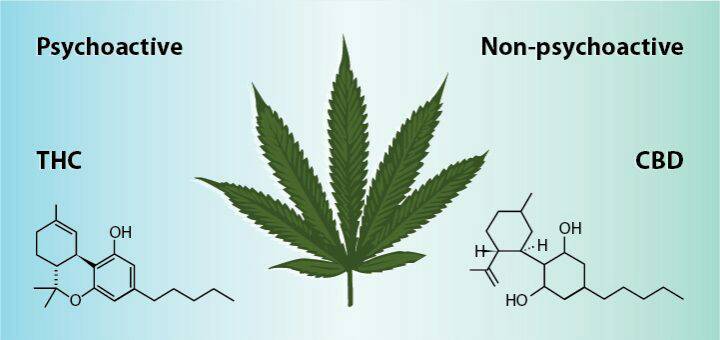
C. Types of CBD Products:
CBD products come in various forms to suit different preferences and needs. The main types include:
CBD Oil and Tinctures: These are liquid extracts infused with CBD, typically administered sublingually (under the tongue). They are absorbed directly into the bloodstream, offering a quick onset of effects.
Topicals: CBD-infused creams, lotions, balms, and salves are designed for topical application to the skin. They are commonly used for localized relief, such as reducing pain and inflammation.
Edibles: CBD can be incorporated into food and beverages, including gummies, chocolates, teas, and even infused water. Edibles offer a convenient and discreet way to consume CBD, but their effects may take longer to kick in.
Capsules and Pills: CBD is encapsulated in pill form, allowing for precise dosage and easy ingestion. This method is similar to taking other oral supplements or medications.
Vaping and Smoking: CBD can be inhaled through vaporizers or by smoking hemp flower. Inhalation provides quick effects, but it may not be suitable for individuals with respiratory issues.
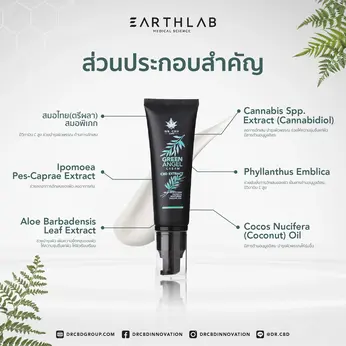
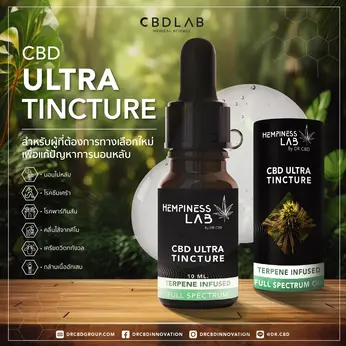

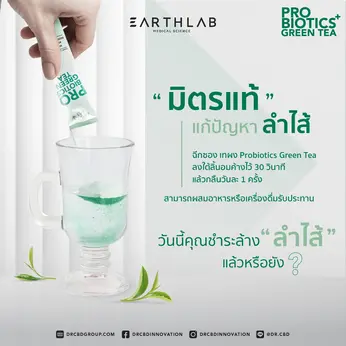

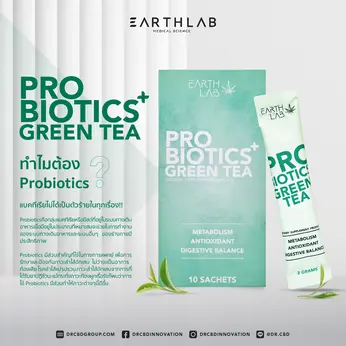
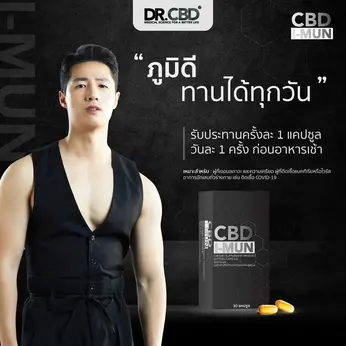

D. How CBD Interacts with the Body’s Endocannabinoid System:
CBD interacts with the body’s endocannabinoid system (ECS), a complex network of receptors, enzymes, and endocannabinoids that helps regulate various physiological processes. The ECS plays a role in maintaining homeostasis, or balance, within the body. CBD interacts with ECS receptors, particularly the CB1 and CB2 receptors, which are found throughout the central nervous system and immune system, respectively. By interacting with these receptors, CBD may help regulate pain, mood, inflammation, and other bodily functions.
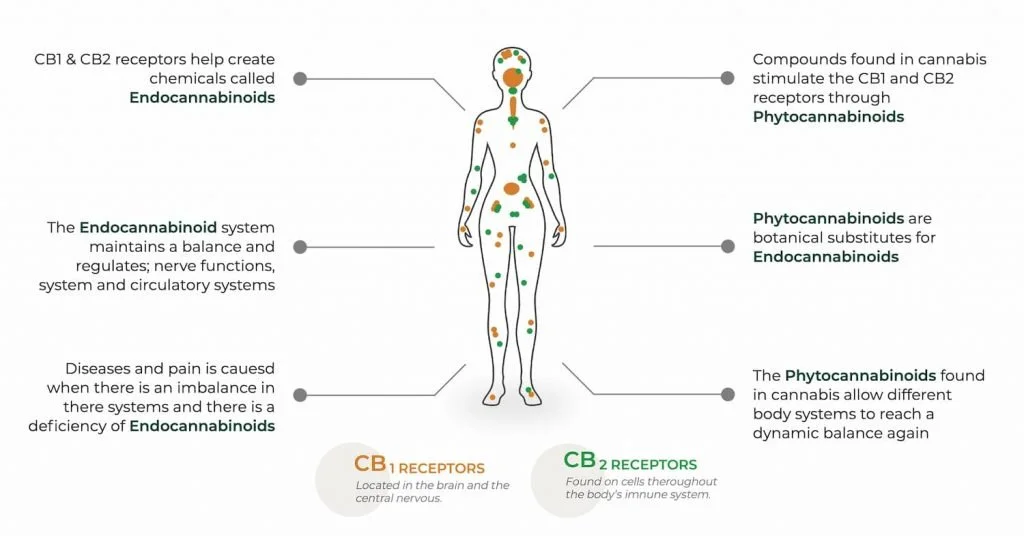
Health Benefits of CBD
A. Pain Relief and Inflammation Management
One of the most well-known uses of CBD is its potential to alleviate pain and reduce inflammation. CBD interacts with receptors in the ECS and other neurotransmitter systems involved in pain modulation. It may help reduce chronic pain associated with conditions such as arthritis, multiple sclerosis, and fibromyalgia. CBD also shows promise in managing inflammation, making it a potential therapeutic option for conditions like inflammatory bowel disease and acne.

B. Anxiety and Stress Reduction
CBD has gained attention for its potential anxiolytic (anti-anxiety) effects. It interacts with serotonin receptors in the brain, which are involved in regulating mood and anxiety. CBD may help reduce symptoms of generalized anxiety disorder, social anxiety, post-traumatic stress disorder (PTSD), and other related conditions. Additionally, some individuals use CBD to promote relaxation and manage everyday stress.

C. Sleep Improvement and Insomnia Relief
CBD may have a positive impact on sleep quality and insomnia. It can help regulate sleep patterns by interacting with receptors involved in the sleep-wake cycle. CBD has shown potential in reducing sleep disturbances and promoting overall sleep duration and quality. It may be beneficial for individuals with insomnia, sleep apnea, and other sleep disorders.

D. Managing Epileptic Seizures
CBD has been extensively studied for its potential anti-seizure properties, particularly in certain types of epilepsy. The FDA has approved a CBD-based medication called Epidiolex for the treatment of seizures associated with Lennox-Gastaut syndrome and Dravet syndrome in children. CBD‘s anticonvulsant effects are thought to be related to its interaction with ECS receptors and its influence on neurotransmitter activity.
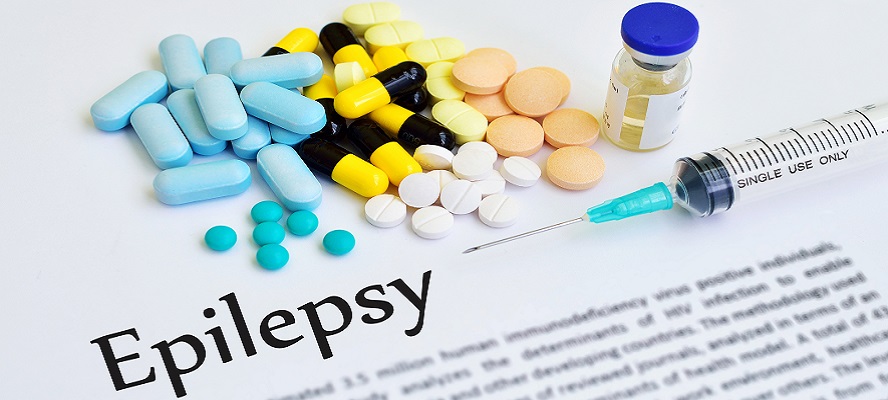
E. Potential Benefits for Neurological Disorders
Research suggests that CBD may have neuroprotective properties, making it potentially beneficial for neurological disorders such as Parkinson’s disease, Alzheimer’s disease, and multiple sclerosis. CBD‘s anti-inflammatory and antioxidant properties, along with its interaction with the ECS, contribute to its potential therapeutic effects on neurological health.
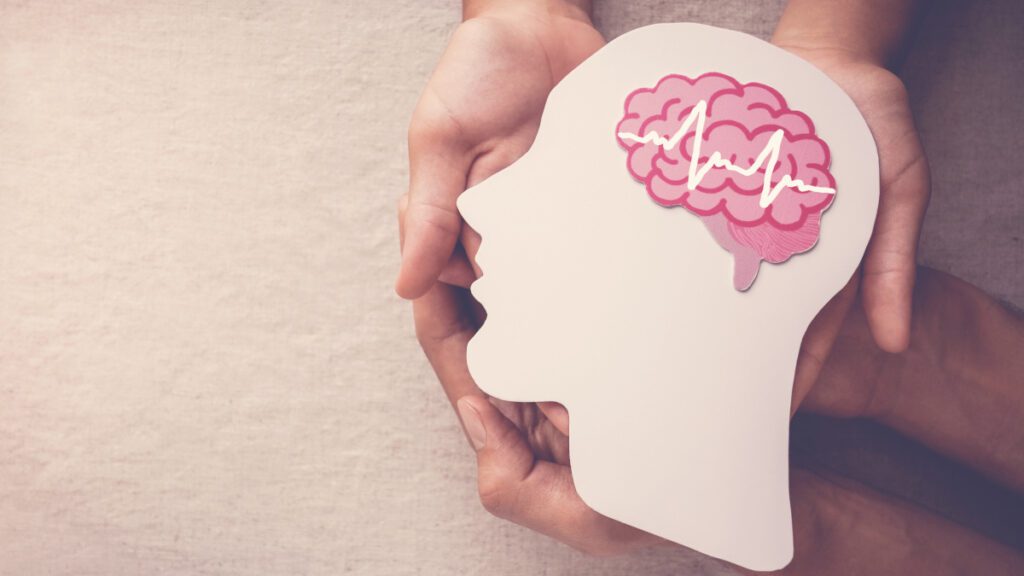
F. CBD and Mental Health Conditions
CBD has shown promise in managing symptoms associated with various mental health conditions. It may help reduce symptoms of depression, anxiety disorders, post-traumatic stress disorder (PTSD), and schizophrenia. CBD‘s interaction with the ECS and its impact on serotonin receptors contribute to its potential mood-regulating effects.
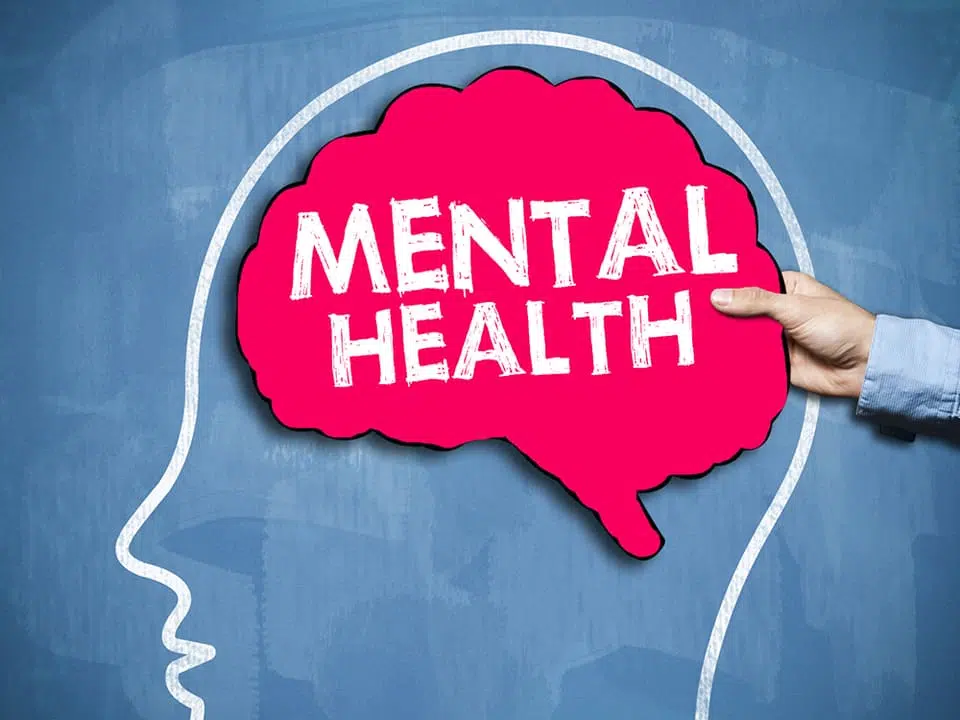
CBD Usage Methods
A. Sublingual Administration (Tinctures and Oils)
CBD oil and tinctures are designed for sublingual administration, where the liquid is held under the tongue for absorption into the bloodstream. This method allows for quick absorption and onset of effects. Tinctures usually come with a dropper for precise dosing.
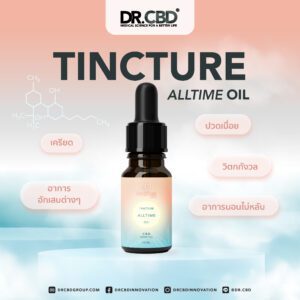
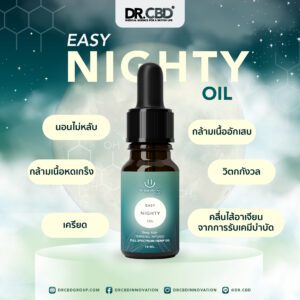
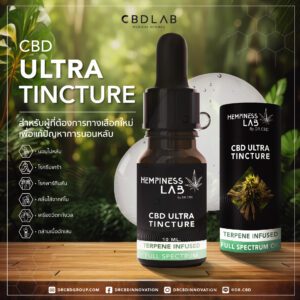
B. Topical Application (Creams, Lotions, and Balms)
CBD topicals are applied directly to the skin and are commonly used for localized relief. They are available in various forms, such as creams, lotions, balms, and salves. Topicals are often used to alleviate muscle and joint pain, reduce inflammation, and soothe skin conditions.

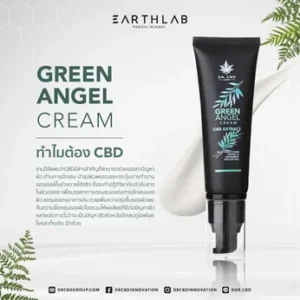
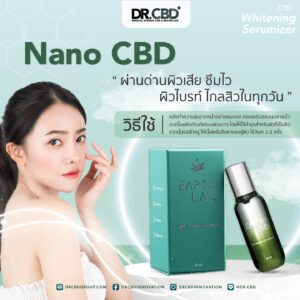
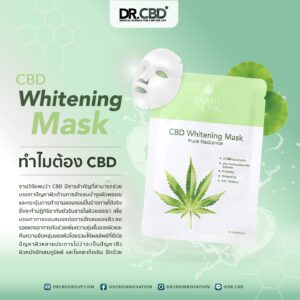
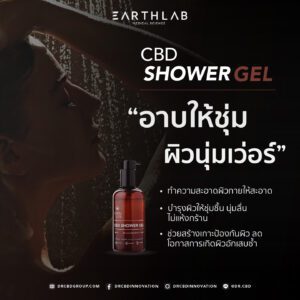
C. Inhalation (Vaping and Smoking)
Vaping and smoking CBD involve inhaling the compound into the lungs, where it is rapidly absorbed into the bloodstream. This method provides quick effects, but it may not be suitable for individuals with respiratory issues. Vaping involves using a vaporizer device, while smoking typically involves hemp flower rolled into a joint or used in a pipe.
D. Oral Consumption (Edibles and Capsules):
CBD edibles and capsules are ingested orally, allowing for convenient and discreet consumption. Edibles include gummies, chocolates, teas, and other food and beverage products infused with CBD. Capsules are similar to other oral supplements or medications and offer precise dosing.
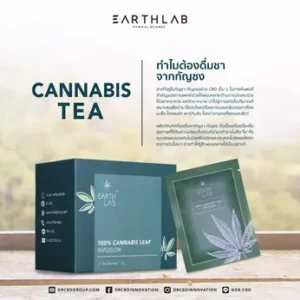
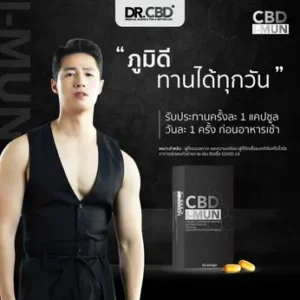
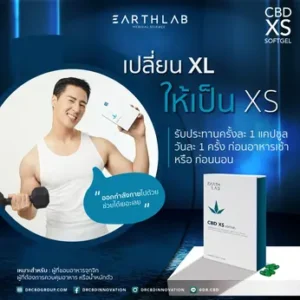
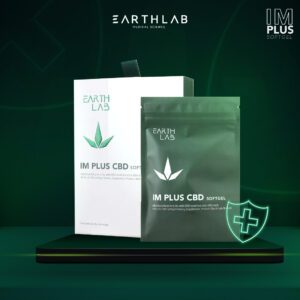
Choosing the Right CBD Product
A. Factors to Consider When Buying CBD Products
Source and Quality: Look for CBD derived from organically grown hemp, preferably sourced from reputable manufacturers. Ensure the product undergoes third-party lab testing to verify its quality and purity.
Extraction Method: CO2 extraction is considered the gold standard for CBD extraction, as it yields high-quality and solvent-free CBD products. Avoid products that use potentially harmful solvents in the extraction process.
Transparency: Seek companies that provide clear information about their products, including the CBD concentration, ingredients, and extraction process. Transparency is a sign of a trustworthy brand.
Customer Reviews: Read customer reviews and testimonials to gauge the effectiveness and reliability of a CBD product.
B. Understanding CBD Concentration and Potency
CBD products often indicate the concentration of CBD in milligrams (mg). Higher concentrations may be suitable for individuals with more severe conditions or those requiring stronger effects. However, it’s important to start with a lower dosage and gradually increase as needed to find the optimal potency for your specific needs.
C. Full Spectrum, Broad Spectrum, and CBD Isolate: Explained
CBD products can be classified as full spectrum, broad spectrum, or CBD isolate. Full spectrum products contain CBD along with other cannabinoids and trace amounts of THC (0.2% or less). Broad spectrum products contain CBD and other cannabinoids but without THC. CBD isolate products solely contain CBD, with all other cannabinoids removed.
D. Quality Control and Third-Party Lab Testing
Reputable CBD brands prioritize quality control measures and often provide third-party lab test results. These tests verify the product’s CBD content, detect the presence of contaminants, and ensure that THC levels comply with legal limits. Third-party lab testing adds an extra layer of transparency and helps consumers make informed choices.
Determining the Right CBD Dosage
A. Factors Influencing CBD Dosage
Several factors can influence the optimal CBD dosage, including body weight, individual metabolism, the severity of the condition being treated, and the desired effects. It is advisable to consult with a healthcare professional experienced in CBD use to determine the appropriate dosage for your specific needs.
B. General Dosage Guidelines
Starting with a low dosage and gradually increasing is recommended to assess individual sensitivity and tolerance. A general guideline is to start with 2-5 mg of CBD per day and observe how it affects you. Based on the response, the dosage can be adjusted accordingly. Some individuals may require higher doses, while others may find relief with lower amounts.
C. Adjusting Dosage Based on Personal Factors
Personal factors, such as the severity of symptoms, body chemistry, and the specific condition being addressed, may require adjusting the dosage. It’s essential to listen to your body and make gradual changes as needed, under the guidance of a healthcare professional if necessary.
Potential Side Effects and Safety Considerations:
A. Common Side Effects of CBD
While CBD is generally well-tolerated, some individuals may experience mild side effects. These can include drowsiness, dry mouth, changes in appetite, and diarrhea. However, these side effects are typically rare and mild compared to those associated with pharmaceutical medications.
B. Drug Interactions and Precautions
CBD has the potential to interact with certain medications, particularly those metabolized by the liver’s cytochrome P450 enzymes. It’s important to consult with a healthcare professional if you are taking medications to ensure there are no adverse interactions. Additionally, pregnant or breastfeeding individuals should exercise caution and consult their healthcare provider before using CBD.
C. Quality and Safety Concerns:
Ensuring the quality and safety of CBD products is essential. Choose products from reputable brands that provide detailed information about their sourcing, extraction methods, and third-party lab testing. Avoid products that make exaggerated health claims or lack transparency regarding their manufacturing processes.
CBD Legality
A. Understanding the Legal Status of CBD
CBD‘s legal status varies depending on the country and its source. In the United States, CBD derived from hemp containing no more than 0.2% THC is legal under federal law. However, individual state laws may differ. In some countries, CBD is legal for medical use, while others may restrict or prohibit its use entirely.
B. Hemp-Derived CBD vs. Marijuana-Derived CBD
CBD can be derived from hemp or marijuana plants. Hemp-derived CBD is legal in many jurisdictions, provided it meets the legal requirements for THC content. Marijuana-derived CBD, which may contain higher levels of THC, is subject to stricter regulations and may be limited to medical use or prohibited in certain locations.
C. CBD Regulations by Country
CBD regulations vary significantly by country. It is important to familiarize yourself with the specific laws and regulations governing CBD in your country or region to ensure compliance and legal use.
CBD Research and Future Prospects
A. Current State of CBD Research
CBD research is a rapidly evolving field, and numerous studies have explored its potential therapeutic applications. Research has focused on CBD‘s effects on various conditions, including epilepsy, chronic pain, anxiety, and neurodegenerative disorders. However, more rigorous studies, including large-scale clinical trials, are needed to establish CBD‘s efficacy and safety across different health conditions.
B. Areas of Ongoing Research
Ongoing research is exploring the potential benefits of CBD in areas such as cancer treatment, substance abuse disorders, autoimmune diseases, and psychiatric disorders. Researchers are also investigating optimal dosing strategies, delivery methods, and potential synergistic effects of CBD with other cannabinoids and plant compounds.
C. Potential Future Developments
As research on CBD advances, we can anticipate new formulations, delivery methods, and innovative applications. The development of more targeted CBD products, such as those tailored to specific health conditions, may offer enhanced therapeutic benefits. Additionally, regulatory frameworks are likely to evolve, providing clearer guidelines for CBD use and ensuring consumer safety.
Conclusion
CBD has garnered significant attention for its potential health benefits and therapeutic properties. As research continues, CBD‘s applications may expand further, providing relief for a wide range of conditions. However, it is important to approach CBD use with caution and seek guidance from healthcare professionals. By understanding the fundamentals of CBD, its health benefits, usage methods, dosage considerations, and legal status, individuals can make informed decisions when incorporating CBD into their wellness routine.
FAQs (Frequently Asked Questions)
CBD, or cannabidiol, is a non-intoxicating and non-psychoactive compound found in cannabis plants. The cannabis plants contain over 100 different types of cannabinoids like CBD, such as THC (Tetrahydrocannabinol), the psychoactive compound and many more that have yet to be fully discovered and understood. CBD และ THC ในพืชกัญชา คืออะไร
The cannabis plant family can be separated into two main species; Hemp and Marijuana. Hemp plants normally consist of high levels of CBD and low levels of THC. While marijuana plants are the opposite and consist of low levels of CBD and high levels of THC compounds. ESG products are derived from hemp plants that contain less than 0.2% THC and over 20% CBD. This makes our products comply with legal limits worldwide and also ensures the safety by eliminating any intoxicating effects.
CBD is considered as one of the greatest wellness phenomena of this generation. The human body’s Endocannabinoid receptors react with CBD to create a chemical in our body called Endocannabinoids. According to research, this chemical helps our body to maintain a balance and regulates nerve functions, immune system, and circulatory system.
CBD can affect people differently. Some people feel more focused and energized, while others can feel more relaxed and calm. CBD is known to improve blood circulation and contains anti-inflammatory properties, moreover research shows that there are very minimal known side effects or adverse reactions of consuming CBD products.
The World Health Organization (WHO) concluded in its report that pure CBD extracts are non-toxic and have no abuse or dependence potential. Research also shows that consuming CBD has little to none side-effects. The World Anti-Doping Agency (WADA) also stated that taking CBD products with trace amounts of THC is not a banned substance for athletes.
Dr. CBD products are tested by own laboratories and own specialists. These reports test; the presence of pesticides, heavy metals, microbial contaminants, potency, and many other criteria. It is our policy to provide the test results to ensure customers of our commitment to transparency at each stage of the production cycle.
CBD isolates are the purest form of CBD available. Usually extracted into a crystalline powder, isolates are at least 99.9% pure CBD. This makes it the safest option to reap the benefits from the cannabis plant, as there are no THC or other compounds in it. The absence of THC ensures that it is impossible to get “high” or have suffered from any induced psychoactive effect through any method of consumption. CBD isolates can be used in a multitude of ways, including as an ingredient for many consumer products in order to further enhance the consumer’s experience. What are the difference between Full-Broad and Isolate Spectrum and it’s benefits
DR. CBD specializes in strains that contain high CBD content and other valuable cannabinoids in order to yield maximum health and wellness benefits. With years of experience in the cannabis industry, our cultivation experts spearhead research and development of genetic cross-breeding in order to attain new plant genetics with rich cannabinoid attributes.
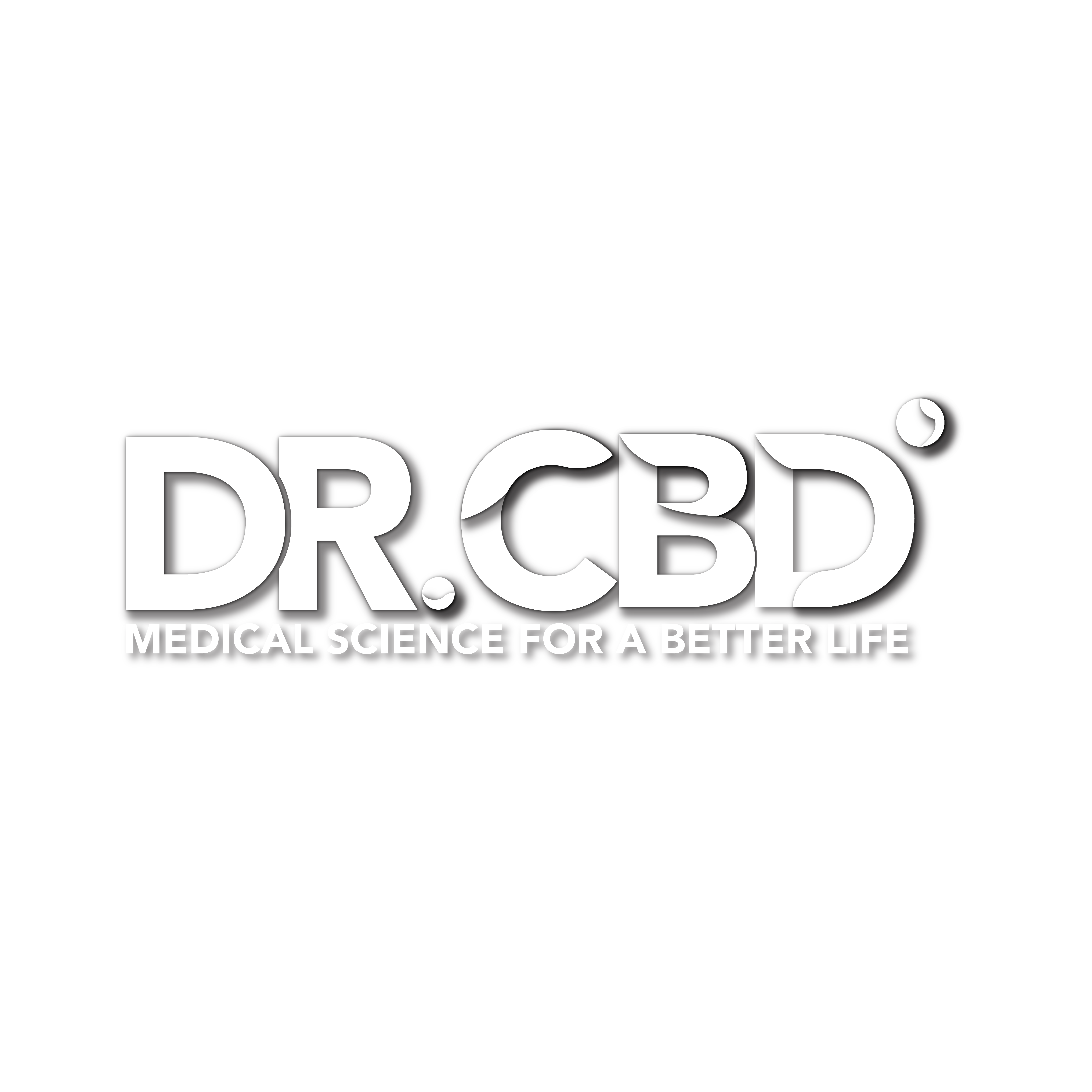


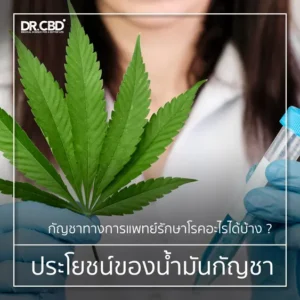
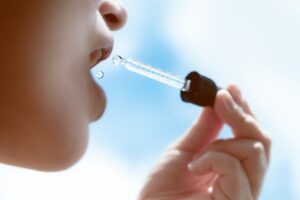
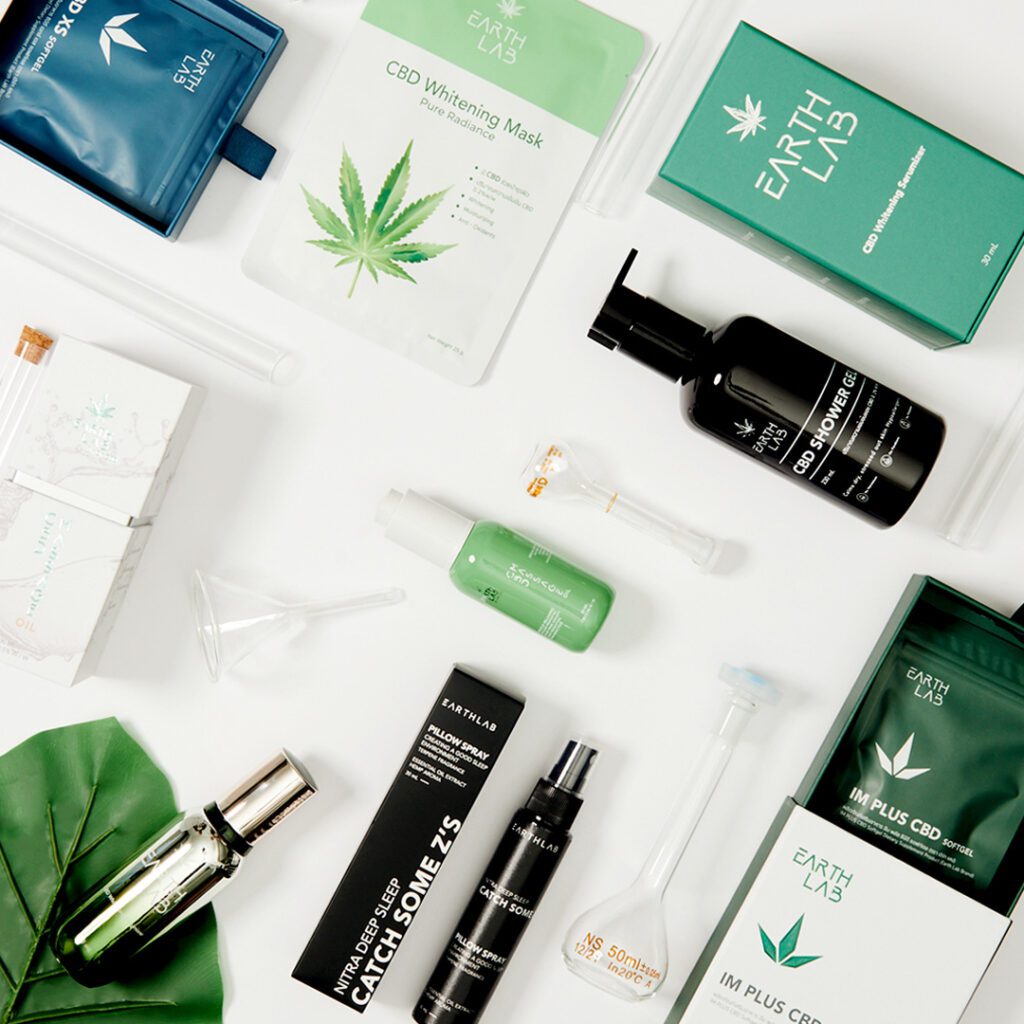
Pingback: CBD Oil - Dr. CBD Innovation Center
Pingback: What are the benefits of CBD? - Dr. CBD Innovation Center
Pingback: What is THC? - Dr. CBD Innovation Center
Pingback: What is the Endocannabinoid System? - Dr. CBD Innovation Center
Pingback: Sour Suver Haze Strain - Dr. CBD Innovation Center
Pingback: What are Terpenes - Dr. CBD Innovation Center
Pingback: WHAT IS THE ENTOURAGE EFFECT OF CBD - Dr. CBD Innovation Center
Pingback: CBD, CBG, CBN & CBC EXPLAINED - Dr. CBD Innovation Center
Pingback: Top 5 CBD Oil 2023 | สุดยอด 5 น้ำมันกัญชง 2023 - Get Healthy with CBD
Pingback: What Are CBD Products? A Comprehensive Guide to Understanding CBD - Get Healthy with CBD
Pingback: Top 5 Cosmeceutical Products 2022 | สุดยอด 5 อันดับ เวชสำอาง 2022
Pingback: A Comprehensive Guide to Epidiolex for Lennox-Gastaut Syndrome and Dravet Syndrome in Children - Get Healthy with CBD
Pingback: สาร CBD ใน “กัญชง” และ “กัญชา” คืออะไร ? ความลับจากสมุนไพรสายเขียวที่มีประโยชน์มากกว่าที่คิด -